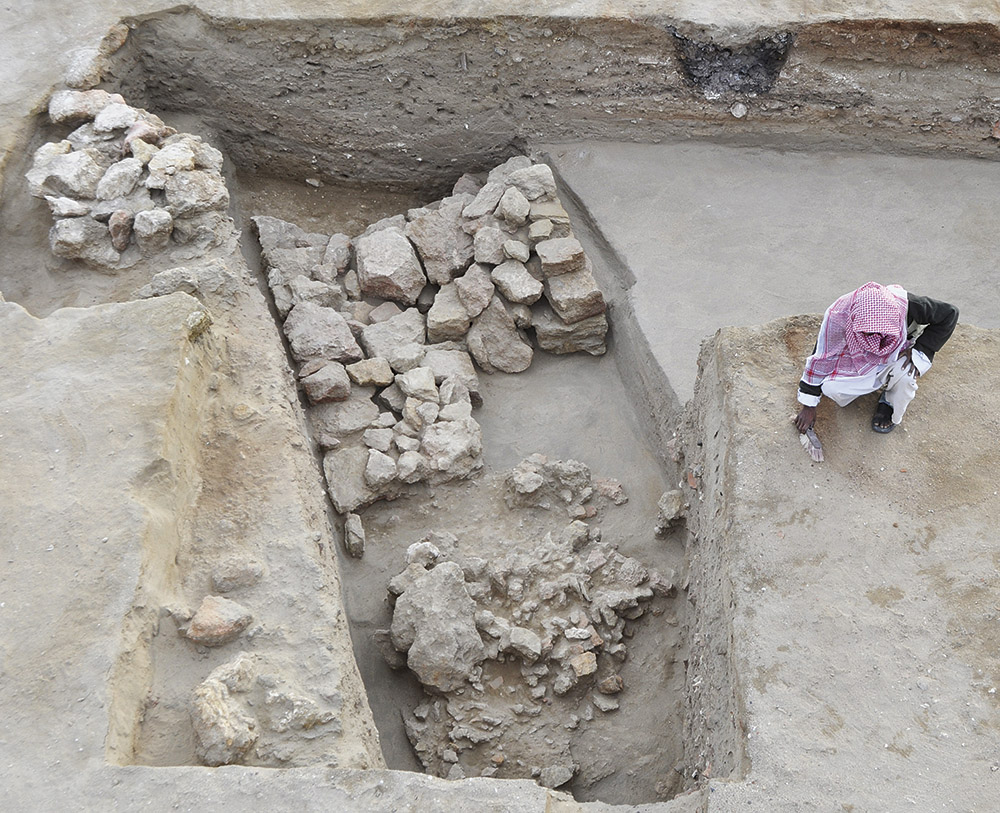AJA Open Access
April 2021 (125.2)
Field Report
Ptolemaic Berenike: Resources, Logistics, and Daily Life in a Hellenistic Fortress on the Red Sea Coast of Egypt
By Marek A. Woźniak, Steven E. Sidebotham, Marta Osypińska, Alfredo Carannante, and Joanna K. Rądkowska
Excavations at Berenike (Trogodytika) on the Red Sea coast of Egypt provide a foundation date in the third quarter of the third century BCE, which corroborates Pliny the Elder’s (HN 6.33.168) claim that Ptolemy II Philadelphus (ca. 285/2–246 BCE) established the port. Named after Philadelphus’ mother, Berenike is the only archaeologically attested Hellenistic-era Red Sea emporium. According to literary evidence, it was one of about a dozen founded by early Ptolemaic rulers along the African coast. Study of Berenike’s artifacts and ecofacts has confirmed the presence of elephants and has provided data on the diet of the residents and the location, acquisition, and distribution of drinking water. Research has also documented industrial and economic activities. This report presents highlights of these studies.
